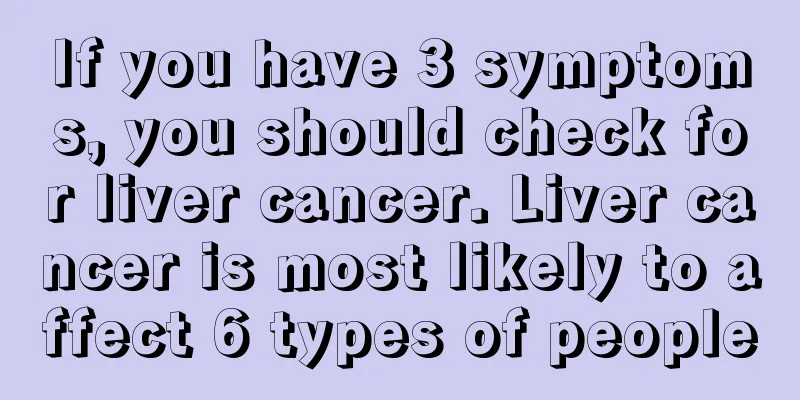What is the difference between prevalence and incidence

|
In daily life, we often hear the words prevalence and incidence. Although they are both words related to diseases, their meanings are different and there is a big difference between them. Prevalence refers to the number of deaths among patients suffering from a certain disease within a certain period of time. Prevalence is a measure of the occurrence of certain diseases. The incidence rate refers to the ratio of the number of deaths from a certain disease to the number of people at that time within a certain period of time. Prevalence: Also called prevalence rate. Refers to the proportion of new and old cases of a disease in the total population at a specific time. According to the observation time, it can be divided into period prevalence = number of new and old cases of a disease in a certain population during a certain observation period/average population in the same period (number of observed people) K and point prevalence = number of new and old cases of a disease in a certain population at a certain point in time/population at that point in time (number of observed people) K. K= 100%, 1000/thousand, or 10000/ten thousand. The period prevalence is actually equal to the prevalence at the beginning of a particular period plus the incidence during that period. Prevalence is usually used to indicate the occurrence or prevalence of chronic diseases with a long course of illness. Such as coronary heart disease, pulmonary tuberculosis, etc. It can provide a scientific basis for medical facility planning, estimating hospital bed turnover, the demand for sanitary facilities and manpower, the evaluation of medical quality and the investment of medical expenses. Incidence rate: It indicates the frequency of new cases of a disease occurring in a certain population within a certain period of time. Incidence rate = number of new cases of a disease in a population during a certain period / number of exposed population K during the same period (K = 100%, 1000/thousand, or 10000/10,000). The observation time is usually expressed in years. Incidence It indicates the frequency of new cases of a disease in a certain population within a certain period of time. It is a measurement indicator that reflects the impact of disease on people's health and describes the distribution status of disease. The incidence rate can be used to reflect the impact of a disease on people's health. A high incidence rate indicates that the disease has a great impact on health, while a low incidence rate indicates that the disease has a small impact on health. Incidence rates can be used to describe the distribution of a disease. By comparing the incidence of a disease among people with different characteristics, we can explore the causes and evaluate prevention and control measures. |
<<: The production process of pure handmade goat milk soap
Recommend
How can I wash off the blood stains on clothes?
Sometimes we may find that blood stains our cloth...
What to pay attention to before blood test
It is important to note that blood tests can only...
Is fasting blood pressure high or low?
People often have abnormal blood pressure, either...
What to do if eye pressure is high?
Everyone knows that eyes are the windows to a per...
How to prevent fibroids in daily life
Fibromatosis is a tumor derived from fibrous tiss...
Can thrombosed hemorrhoids be plugged in?
We often develop hemorrhoids due to improper bowe...
What are the effects of ancient brown sugar?
Sugar is one of the most important substances in ...
Can patients with breast cancer be cured?
I can't be a clean person. I am now a common ...
Is bilirubin high in thyroid cancer?
Patients with thyroid cancer generally do not hav...
How long can I live with shoulder pain due to lung cancer
There are many factors that lead to this situatio...
How much does it cost to treat rectal cancer with traditional Chinese medicine
I believe that many patients with rectal cancer a...
My feet often get blisters
Some people will feel that blisters always grow o...
What should I do if my child has poor digestion and absorption?
The digestive system of a child is not yet fully ...
What causes poor memory
Poor memory is not a trivial matter, because we w...
Clinical features of pancreatic cancer
Pancreatic cancer is often diagnosed at an advanc...









